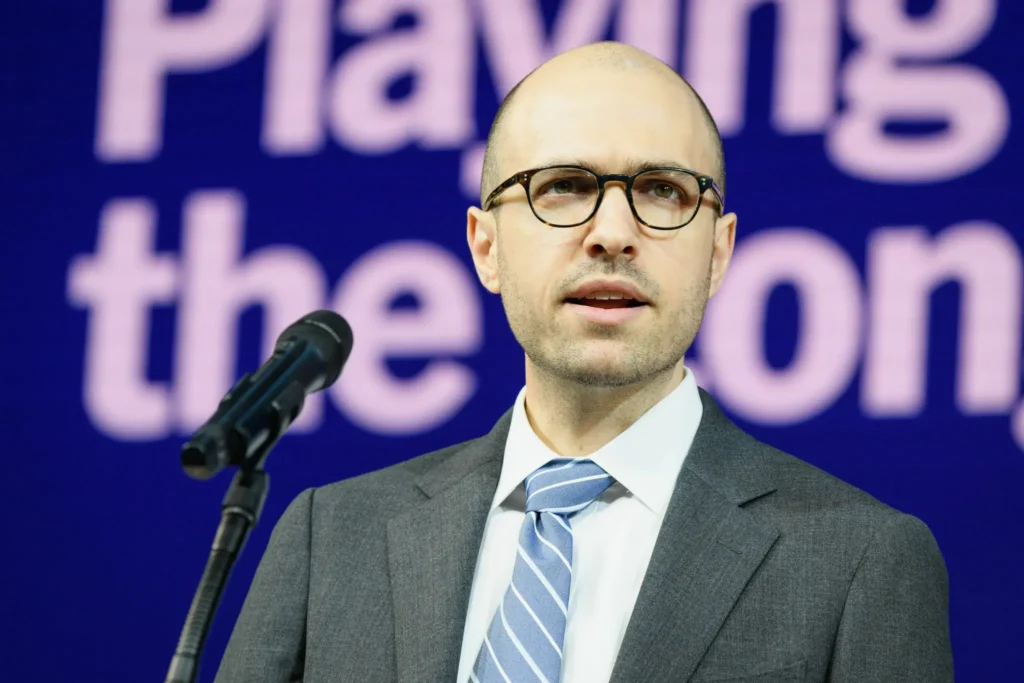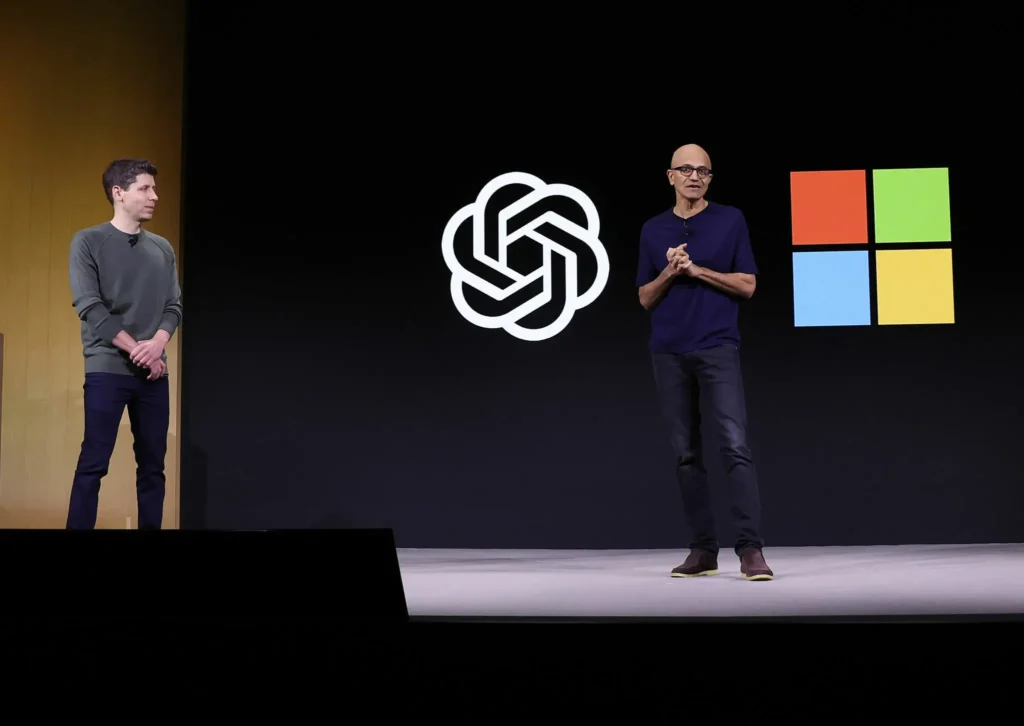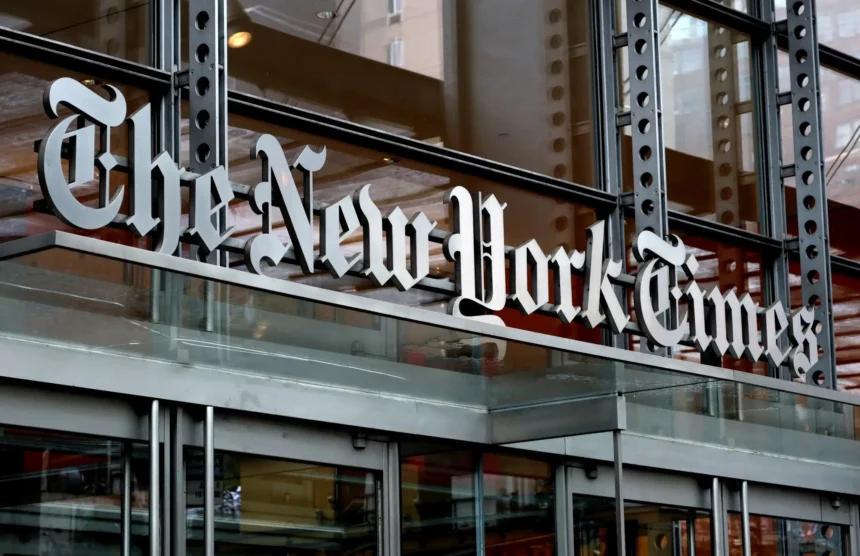New York Times Sues OpenAI and Microsoft: In a groundbreaking legal confrontation, The New York Times (NYT) has initiated a lawsuit against two of the most influential entities in the tech world: OpenAI, the creator of ChatGPT, and Microsoft, a key investor and technology provider for OpenAI. This case marks a significant moment as it challenges the ethical and legal boundaries of AI technology’s use of copyrighted material.
The Core of the Conflict
The New York Times accuses OpenAI and Microsoft of infringing its copyright by unlawfully copying and utilizing millions of its articles to train their large language models (LLMs), including ChatGPT and Copilot. These AI models, according to the lawsuit, are now directly competing with the NYT’s content, potentially undermining the newspaper’s relationship with its readers and impacting its revenue streams from subscriptions, licensing, advertising, and affiliate partnerships.

Allegations and Claims
The lawsuit alleges that the AI models can “generate output that recites Times content verbatim, closely summarizes it, and mimics its expressive style,” which, in turn, damages the integrity and value of the NYT’s journalism. The newspaper seeks to hold Microsoft and OpenAI accountable for “billions of dollars in statutory and actual damages” for what it terms as “unlawful copying and use of The Times’s uniquely valuable works.”
The Bigger Picture
This lawsuit reflects a larger concern within the creative and journalistic communities about AI’s capability to scrape vast amounts of content from the internet without fair compensation. There’s a growing fear among creators, including journalists, writers, and artists, that AI will replicate their work, offering alternative services without appropriate remuneration or acknowledgment.
OpenAI and Microsoft’s Stance

Microsoft and OpenAI have purportedly argued that their use of the NYT’s works falls under “fair use,” a provision allowing limited use of copyrighted material without permission for purposes such as news reporting, teaching, and scholarship. However, the NYT counters this claim by asserting that creating products that substitute and potentially steal audiences from the original works is not transformative and thus not protected under fair use.
Industry Response
Several news organizations, including CNN, BBC, and Reuters, have taken measures to block OpenAI’s web crawler, GPTBot, from scanning their content. This collective action signifies the media industry’s growing unease with AI’s capability to use their intellectual property without clear legal or ethical guidelines.
Potential Ramifications
The lawsuit against OpenAI and Microsoft is not just about the NYT. It’s a litmus test for the future of AI and its relationship with original content creators. The outcome has the potential to set a precedent for how AI companies collaborate with, compensate, and seek permission from content creators. Furthermore, it raises profound questions about the sustainability of quality journalism and the protection of intellectual property in the age of AI.
The Path Ahead
As the legal battle unfolds, the tech and media industries will be watching closely. The resolution of this case could lead to significant changes in how AI models are trained and might spur more stringent regulations governing the use of copyrighted material. It also opens up a dialogue about the ethical implications of AI’s rapid advancement and its impact on various professional fields.
Conclusion
The New York Times’ lawsuit against OpenAI and Microsoft is more than a legal skirmish; it’s a pivotal moment that could redefine the boundaries of technology, journalism, and copyright law. As AI continues to evolve, the need for clear, fair, and enforceable guidelines has never been more crucial.



